Imagine standing face to face with a giraffe, your neck craned back as you gaze up at this gentle giant towering over you. At first glance, their impossibly long necks seem almost otherworldly, a marvel of evolution that sets them far apart from us. But what if I told you that, beneath that elegant stretch of spotted skin, you and a giraffe share a surprising anatomical secret? Despite their extraordinary height, giraffes have the exact same number of neck bones—cervical vertebrae—as humans do. It’s a fact so counterintuitive that it might make you question everything you thought you knew about nature’s designs. Let’s dive deep into this incredible story of biology, evolution, and awe-inspiring adaptation.
The Astonishing Similarity: Just Seven Neck Bones
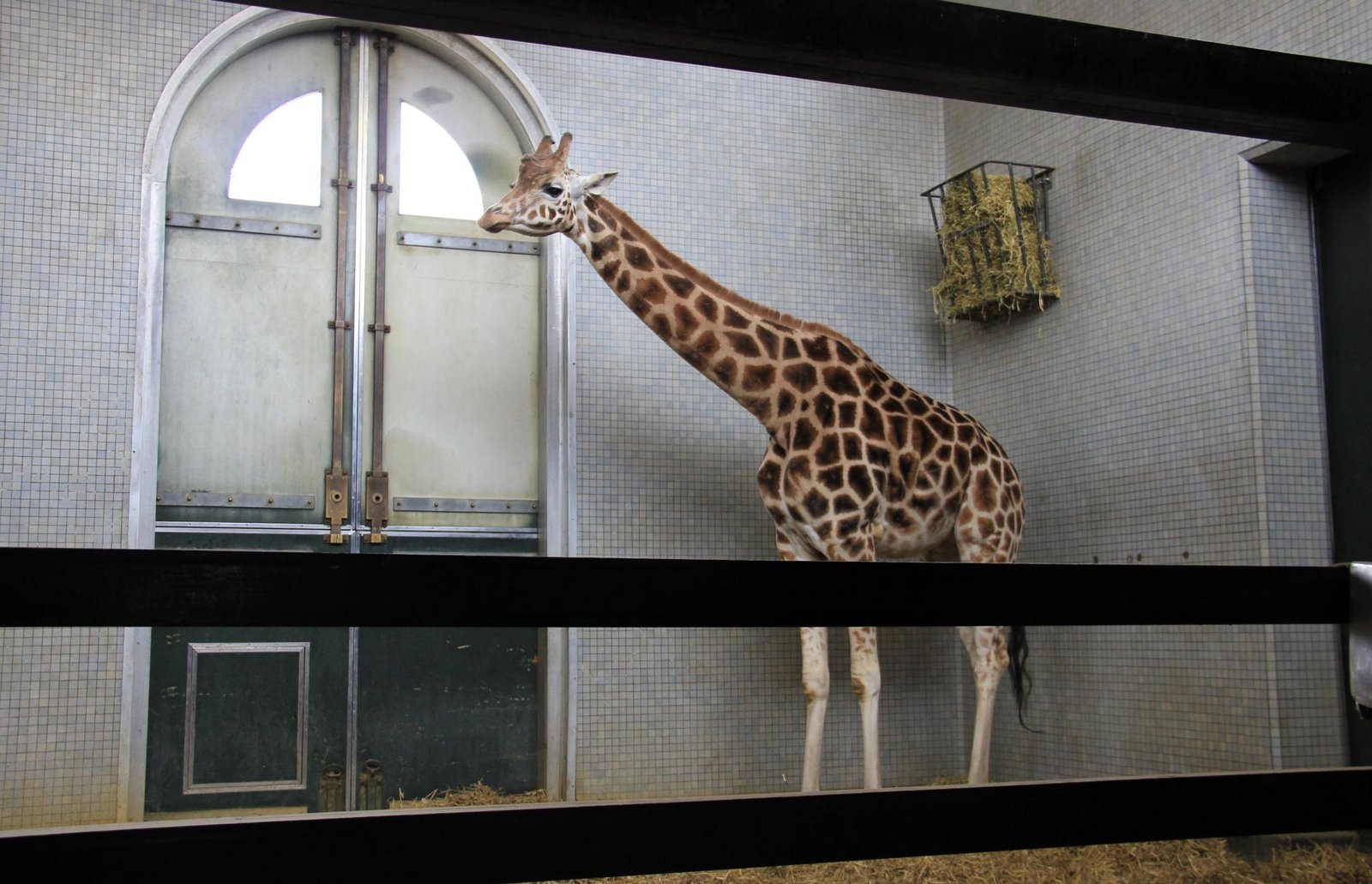
It’s almost unbelievable: both humans and giraffes have seven cervical vertebrae in their necks. These bones, stacked one on top of the other, form the backbone of the neck in nearly all mammals. While a human’s neck bones are modest in size, a giraffe’s cervical vertebrae are elongated, some reaching up to ten inches long each. This means that the giraffe’s impressive height isn’t because of more bones, but because each individual bone is remarkably stretched. This simple fact is a striking example of how nature works with the same building blocks to create vastly different forms.
Why Not More Bones? The Limits of Evolution
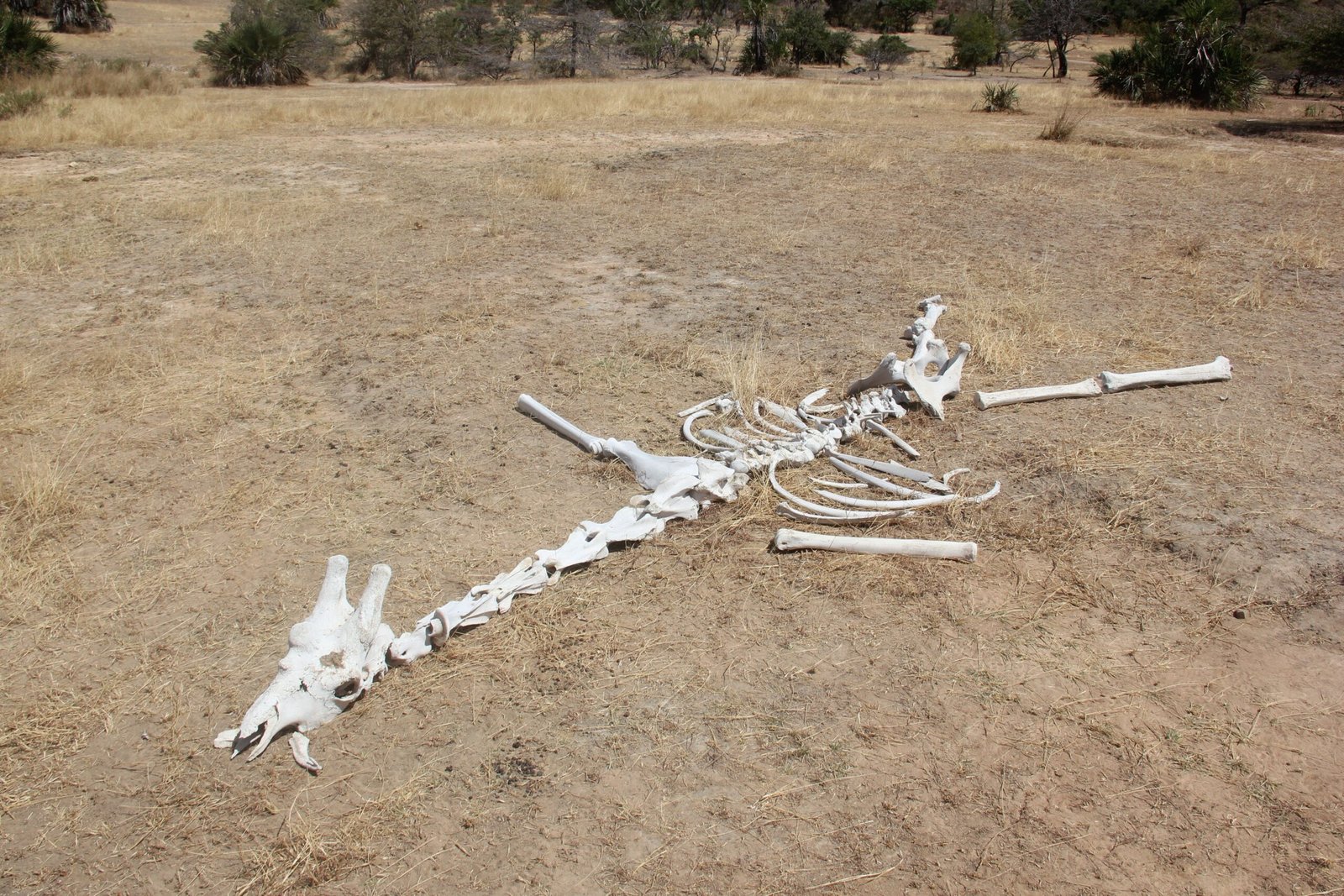
You might wonder why evolution didn’t just add more vertebrae to give giraffes their height. The truth is, mammals are constrained by a deep-rooted evolutionary rule: most have seven cervical vertebrae, regardless of neck length. Changing this number can lead to serious developmental problems, including an increased risk of cancer and stillbirth. So, instead of changing the number, evolution stretched what was already there, resulting in those long, elegant neck bones. This clever adaptation showcases how evolution often works with existing templates rather than reinventing the wheel.
Comparing Necks: Giraffes, Humans, and Other Mammals
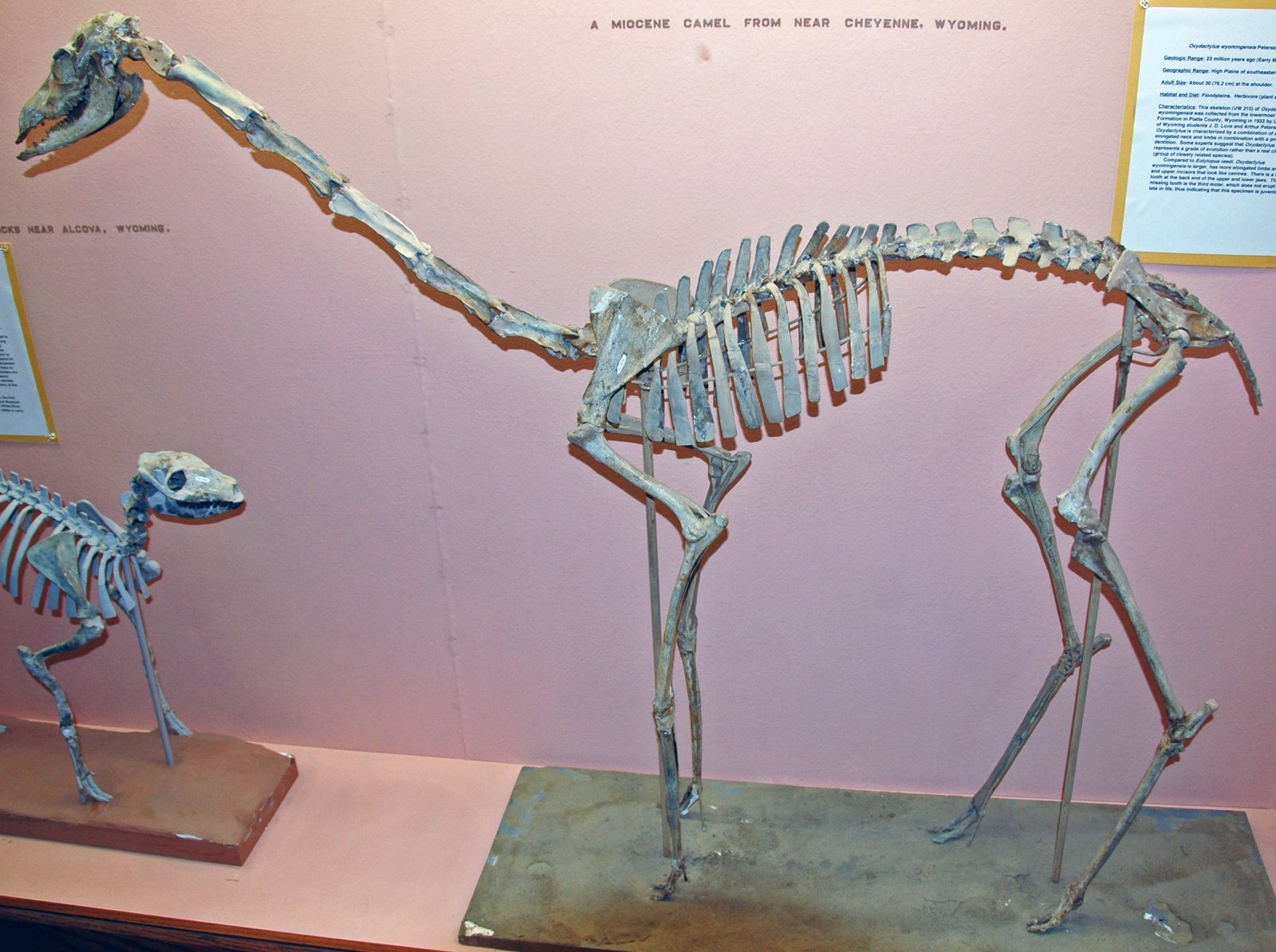
Across the mammalian world, the “seven bone rule” is surprisingly consistent. From tiny mice to massive elephants, most mammals stick to this formula. Even whales, with their seemingly short necks, follow the same pattern. The main exceptions are sloths and manatees, some of which have more or fewer neck bones. For most mammals, though, it’s seven and only seven. This highlights how giraffes aren’t outliers in terms of bone count—they’re just masters of making the most of what they have.
How Do Giraffes’ Necks Actually Function?
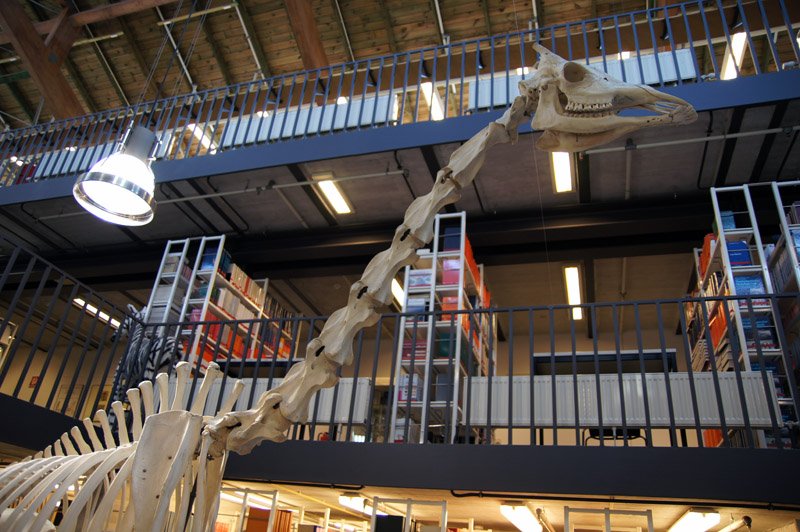
A giraffe’s neck is not just for show. Each elongated vertebra is packed with specialized muscles and ligaments to support the heavy head and long reach. Their powerful necks allow them to reach high into the trees for food, avoiding competition with other herbivores. Giraffes also use their necks in dramatic “necking” battles, swinging them as weapons to establish dominance. This remarkable structure is a perfect blend of strength and flexibility, a testament to evolutionary engineering.
The Science of Growth: How Do the Bones Grow So Long?
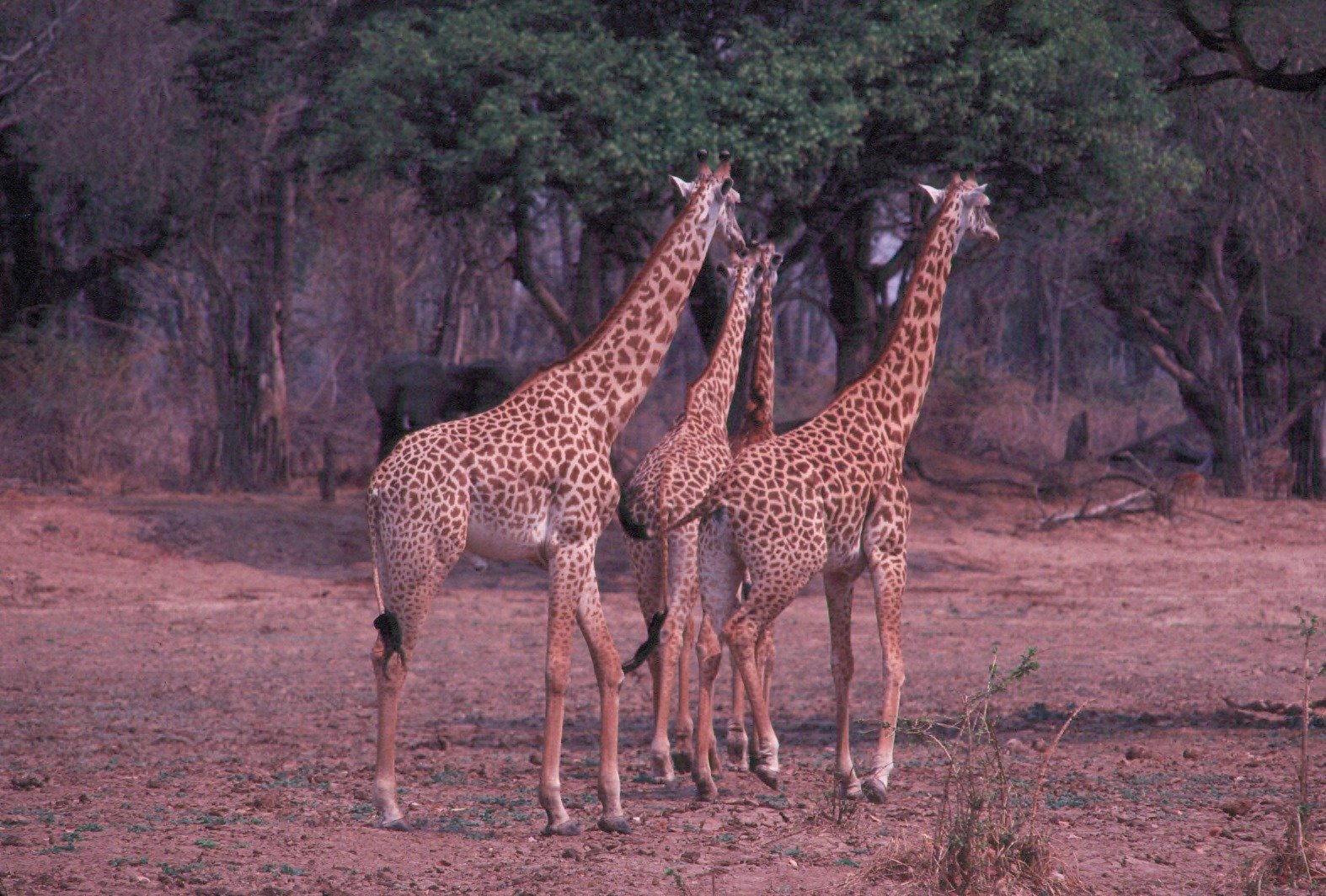
The secret to the giraffe’s long neck lies in its growth plates. During the giraffe’s development, the growth plates at the ends of the cervical vertebrae remain active for a longer period than in other mammals. This prolonged growth phase allows the bones to elongate without altering their basic structure or number. It’s like having a set of building blocks that are simply stretched out, rather than adding more pieces. This process ensures the neck remains both strong and functional, even at great lengths.
Survival Advantage: Why a Long Neck Matters in the Wild
A giraffe’s long neck is more than just a quirky feature—it’s a powerful tool for survival. With their extended reach, giraffes can feed on leaves and shoots high up in the trees, far above the reach of other animals. This allows them to thrive in environments where food can be scarce near the ground. Additionally, their towering height provides a vantage point to spot predators from afar, giving them precious seconds to escape danger. The long neck is truly a multi-purpose adaptation that offers both food and safety.
The Evolutionary Arms Race: Competing for Resources
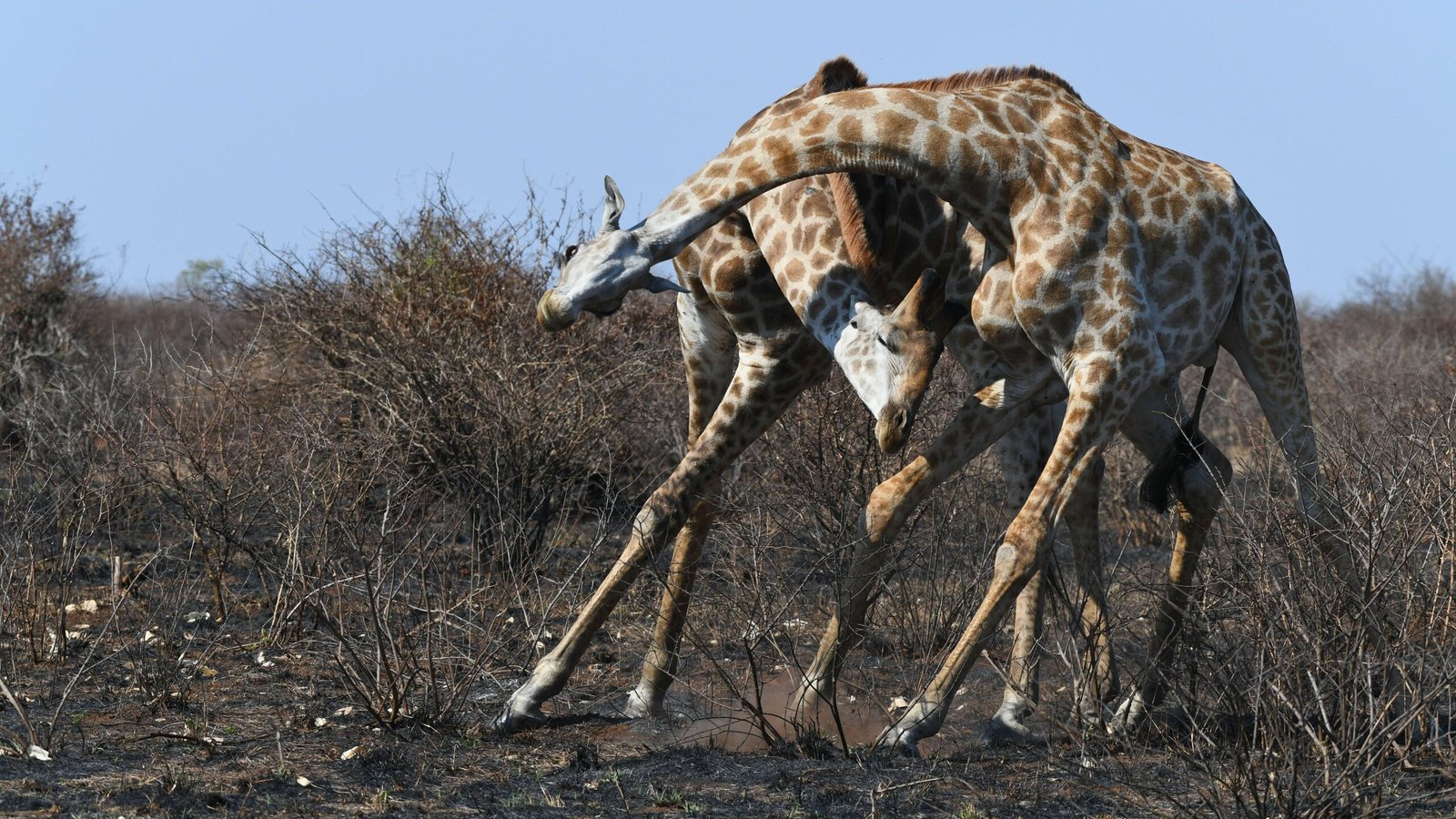
Biologists believe that sexual selection also played a role in the evolution of the giraffe’s neck. Male giraffes use their necks as weapons in fierce battles for mates, swinging their heads like sledgehammers in a display of strength. The longer and stronger the neck, the better their chances of winning these contests and passing on their genes. This “necks for sex” theory suggests that the giraffe’s striking appearance is shaped not just by natural selection for feeding, but also by the pressures of competition and reproduction.
Human Necks: Small but Mighty

While our necks may be shorter, they’re no less important. The seven cervical vertebrae in humans support the head, protect the spinal cord, and allow for a remarkable range of motion. Our necks enable us to look around, nod, shake our heads, and communicate with subtle gestures. Despite their modest length, human necks are vital for everyday life, highlighting how the same basic anatomy serves diverse purposes across species.
Nature’s Building Blocks: Unity in Diversity
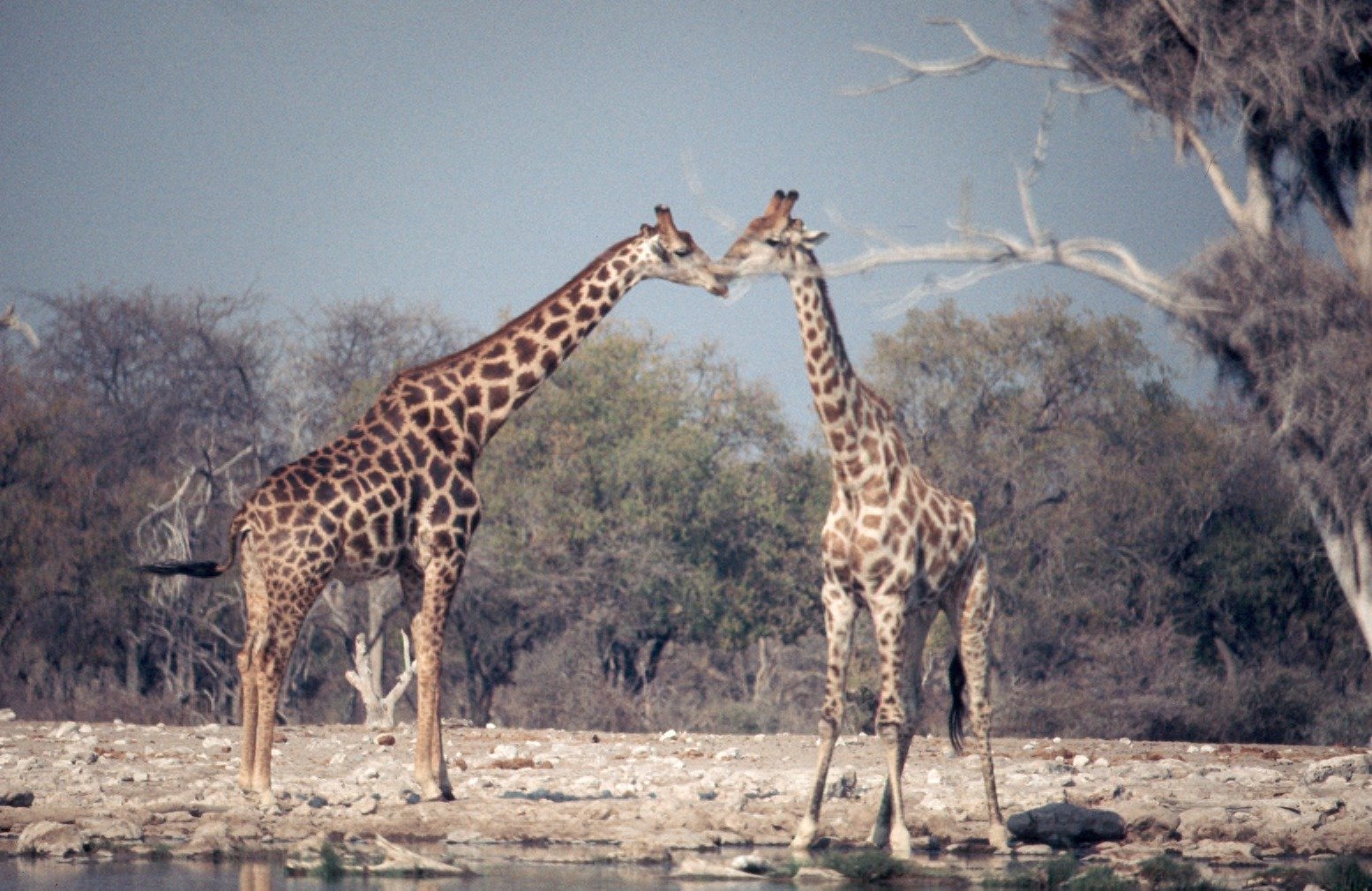
The story of the giraffe’s neck is a powerful reminder that nature often works with a limited set of tools. Just as a skilled artist can create countless masterpieces with the same colors, evolution shapes extraordinary diversity from common origins. The fact that giraffes, humans, and countless other mammals share the same number of neck bones reveals our deep biological connections. It’s a humbling and inspiring thought, reminding us of the hidden threads that unite all life on Earth.
What Giraffes Teach Us About Adaptation
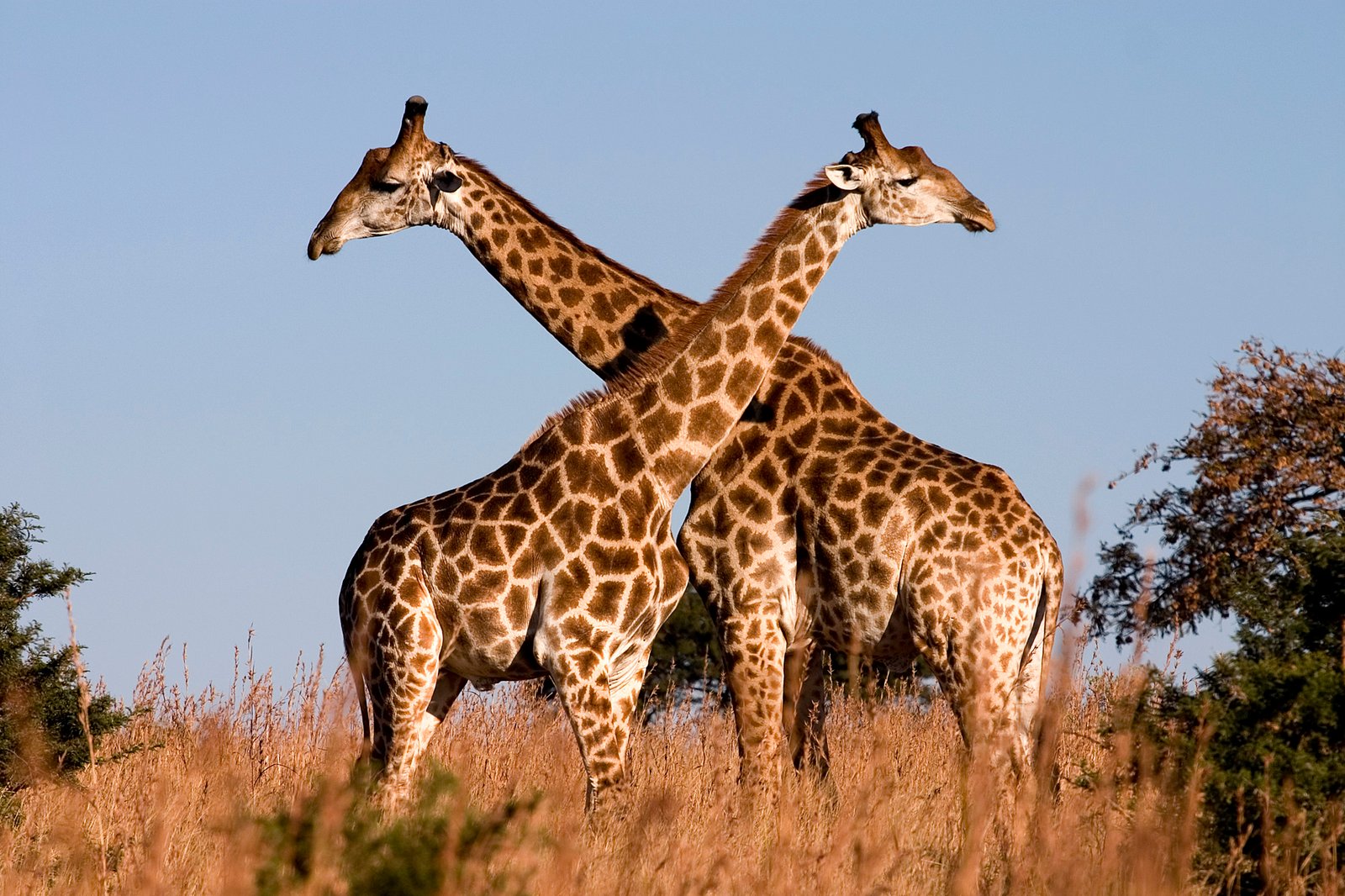
Giraffes show us that extraordinary change doesn’t always require entirely new parts—sometimes, it’s about stretching possibilities with what you already have. Their necks are symbols of innovation, resilience, and the power of nature to solve problems in unexpected ways. The next time you see a giraffe, remember: beneath that long neck lies a story of shared origins and remarkable transformation. How many surprises do you think nature still has in store for us?




